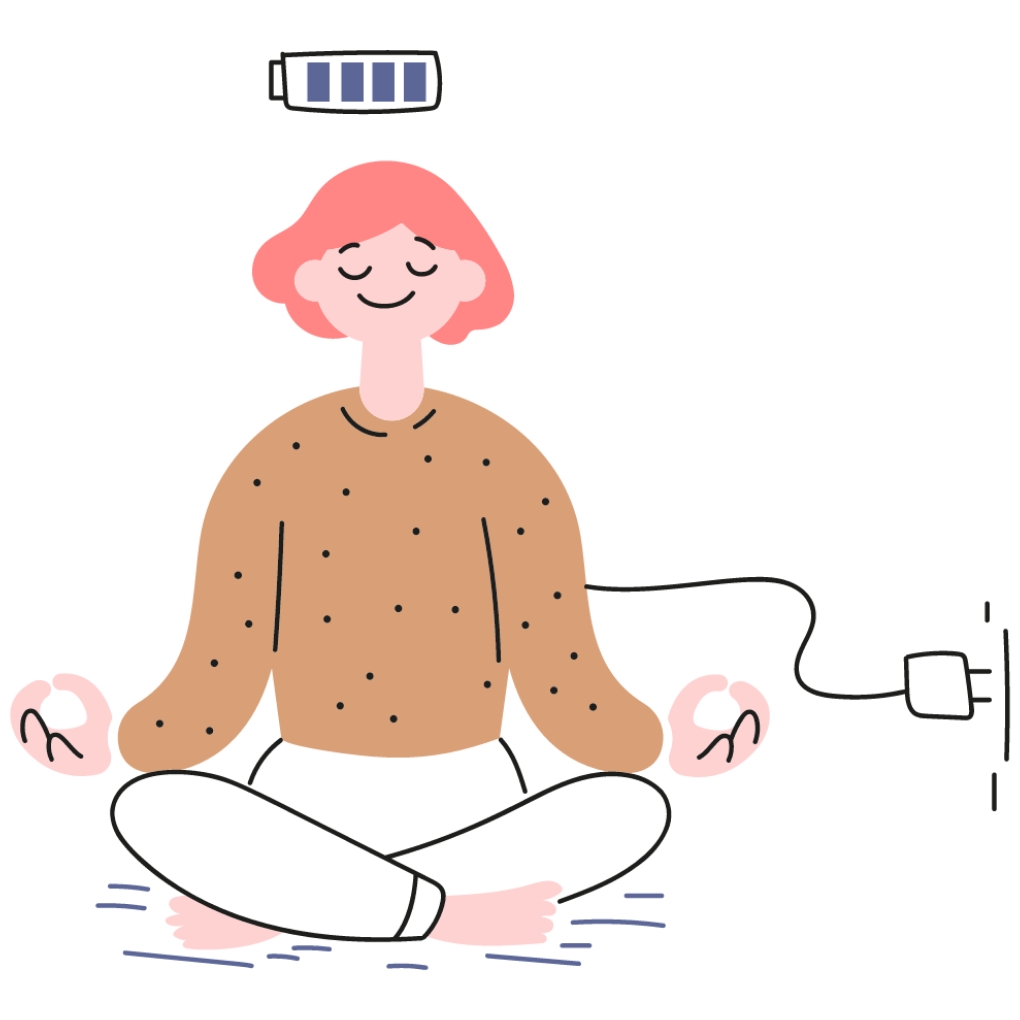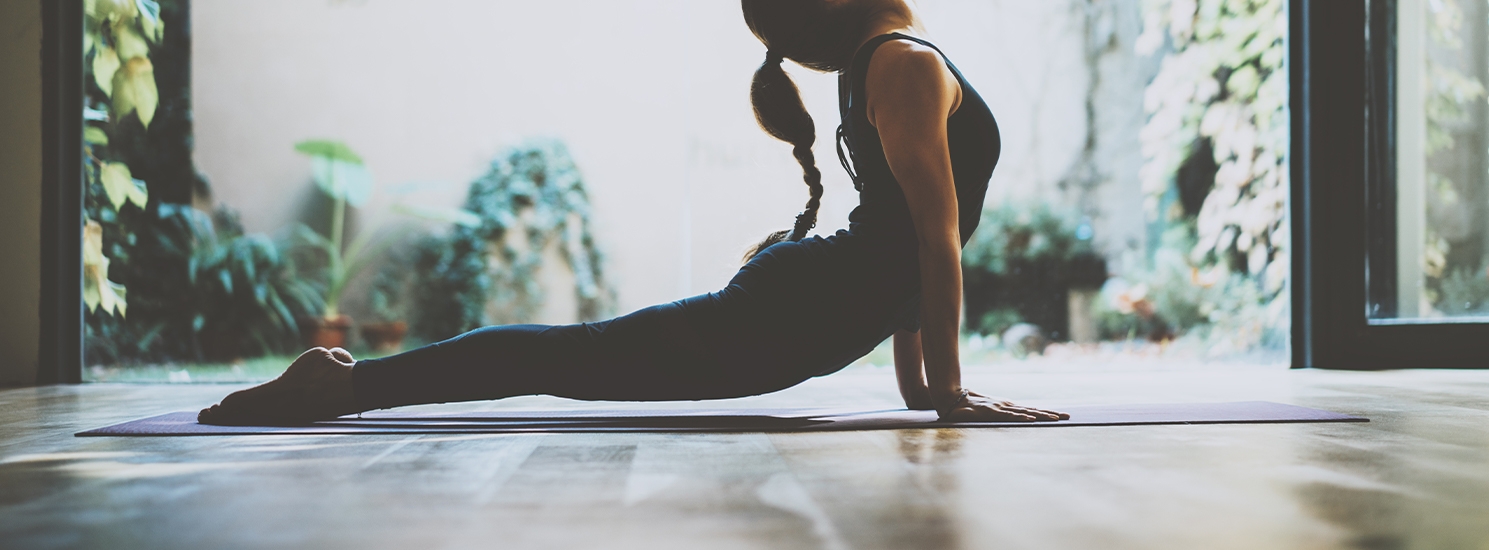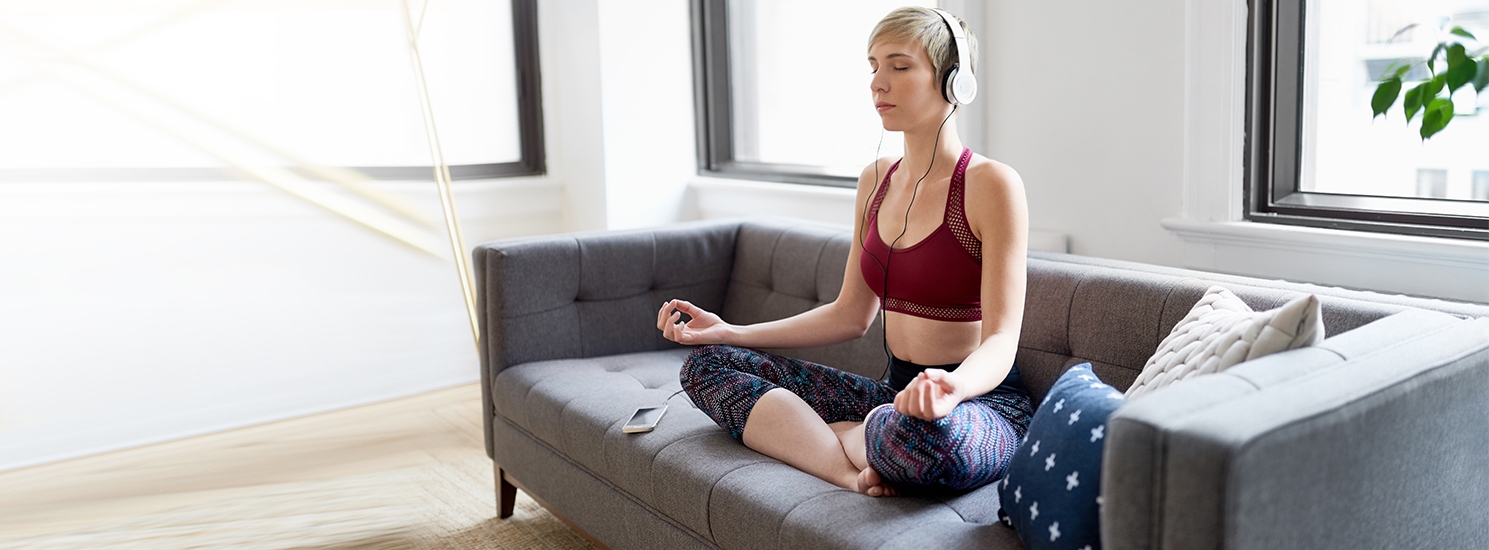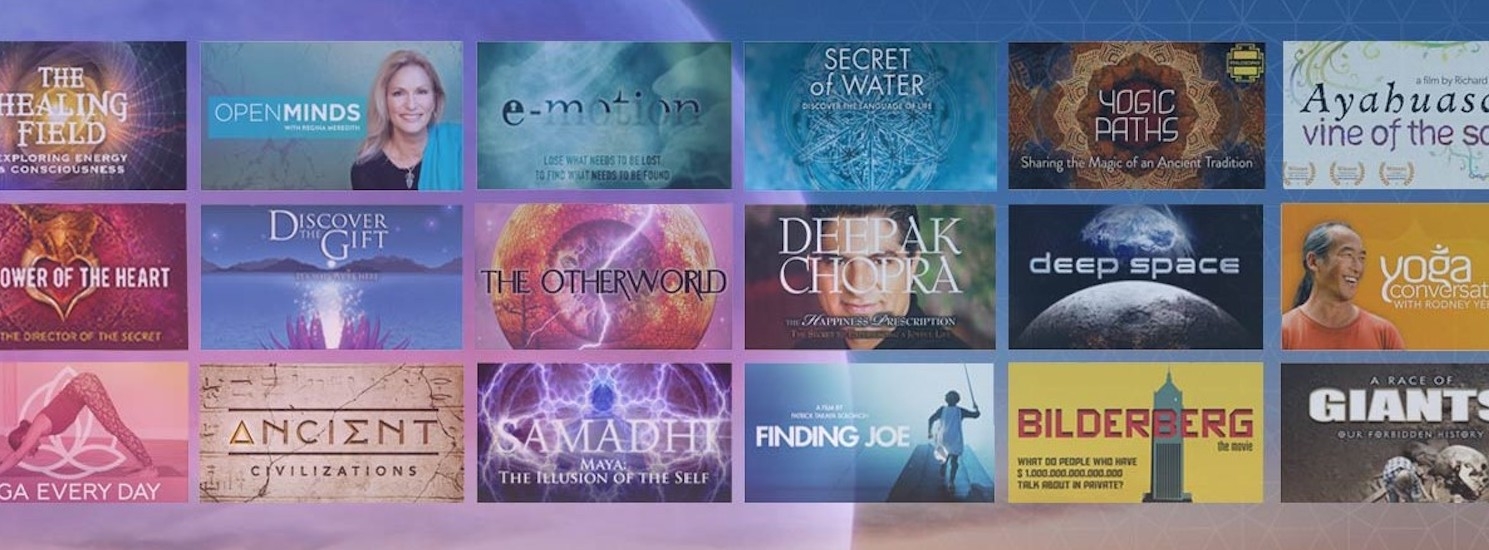Meditation is a free, effective way to reduce stress, increase inner calm, and improve physical health. Once you know how to meditate, you can start to build a daily habit and witness the positive effects meditation has on your life.
But what is meditation? How do you meditate? How do you know if you’re doing it right? Read on for answers to these questions and more.
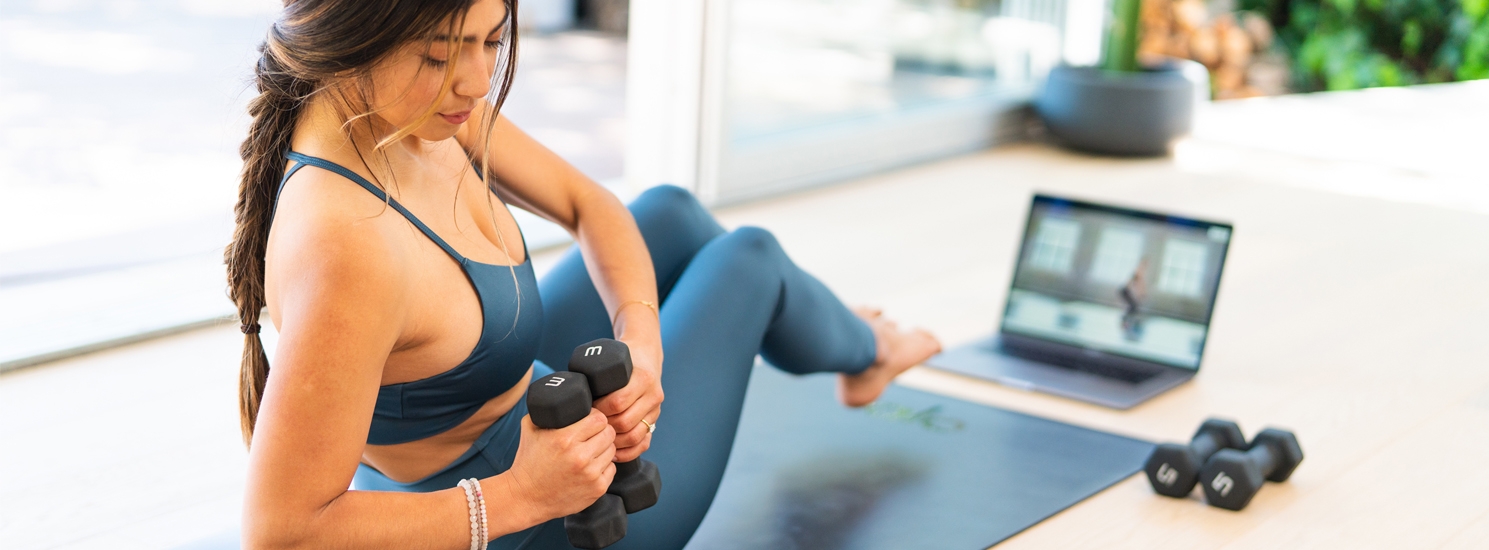
Alo Moves
Get started at Alo Moves with two free weeks of unlimited yoga, fitness, and meditation classes.

p.volve
Meditation Classes

Therabody
Wellness Essentials Bundle

MIRROR
Find your focus and deepen your mindfulness practice in Lululemon Studio’s online meditation classes guided by world-class instructors.
What Is Meditation?
According to the National Center for Complementary and Integrative Health1 – part of the National Institutes of Health (NIH) – “meditation” is a term for “a variety of practices that focus on mind and body integration and are used to calm the mind and enhance overall well-being.” It’s believed that meditation developed thousands of years ago from spiritual traditions in the East, most likely in India.
Meditation vs. Mindfulness
What distinguishes meditation from other practices is deliberate, sustained focus on one thing, like your breath, a word or phrase, an image, or an object. This makes meditation different from mindfulness, which is about increased awareness and being present in the moment, not about focus and concentration.
Benefits of Meditation
The practice of meditation can lead to many psychological and physical benefits2, including:
- Less stress
- A calmer mind
- Improved inner peace
- Reduced anxiety and depression
- Reduced pain
- Lower blood pressure and heart rate
- Better memory
- More creativity
That’s a lot of excellent benefits for a simple practice that’s easy to learn and completely free.
How Do You Meditate?
So, if meditation is good for you, then how do you meditate? You don’t need a guru to teach you how to meditate – anyone can do it! Just follow these simple steps.
Step 1 – Find a quiet place
It’s not necessary to be completely isolated from the world to meditate successfully, but you should be in a quiet place without distractions where you feel safe enough to relax deeply. This should go without saying, but don’t practice meditation while you’re doing something that requires your attention, like driving. (It’s totally OK to use a few deep breaths to calm road rage, though!)
Step 2 – Pay attention to your breathing
Next, focus on your breathing. What you want are deep, even-paced breaths. Draw air through your nose and down into your lungs so that your belly, not your chest, expands as you inhale. Then take your time as you breathe out either through your mouth or your nose.
Step 3 – Focus
You can stop at step two if you want; focusing on your breath as it goes in and out is a basic yet effective form of meditation. Otherwise, choose something to focus on for your meditation session. For example: repeat a mantra or word like “om;” keep your gaze relaxed but focused on a single object; or follow along with a guided meditation.
More experienced students may want to combine their meditation practice with a physical discipline like yoga, tai chi, or qigong for moving meditation.
How Long Should You Meditate?
Meditate for as long as you can. Beginners may find it difficult to sustain attention for longer than five or ten minutes. Start where you are and work your way up to 20 minutes, 45 minutes, or even longer.
Meditating regularly may be more important than how long you meditate during each session. In a 2017 study3, researchers found that participants who meditated responded to daily events with greater mindfulness, which “accounted for the beneficial effects of meditating on psychological outcomes.” They also found that participants who stuck with their meditation practices had better outcomes.
A 2018 study of beginning meditators found that a 13-minute daily meditation improved the participant’s moods and memory, enhanced attention, and lowered anxiety. But here’s the kicker – participants saw the benefits after eight weeks of daily meditation, but not four. So stick with your meditation plan!
Learning Meditation
Learning to meditate isn’t hard. For many people, the difficult part isn’t the meditation itself, but building a daily meditation habit. You might also find it hard to not judge yourself. It’s easy to catch yourself thinking, “Am I doing this right? Am I actually meditating?”
That’s why guided meditation is so helpful, especially for a meditation beginner. Guided meditations, like the kind you can find on the Calm app, keep you focused and eliminate the question of whether you’re “doing it right.” Calm helps you learn how to meditate and supports you in building a daily habit by tracking progress and sending reminders. Whether you’re a true meditation beginner or are more advanced, Calm app has something for you!
It’s incredible that something so simple and completely free can have such incredible psychological and physical benefits. If you haven’t yet tried meditation, now is the time! It’s almost impossible to do it wrong but many ways to do it right. The only true mistake when it comes to meditation is to give up.
Sources
- Meditation and Mindfulness: What you need to know
- Meditation: Process and effects
- Daily Mindful Responding Mediates the Effect of Meditation Practice on Stress and Mood: The Role of Practice Duration and Adherence
- Brief, daily meditation enhances attention, memory, mood, and emotional regulation in non-experienced meditators

